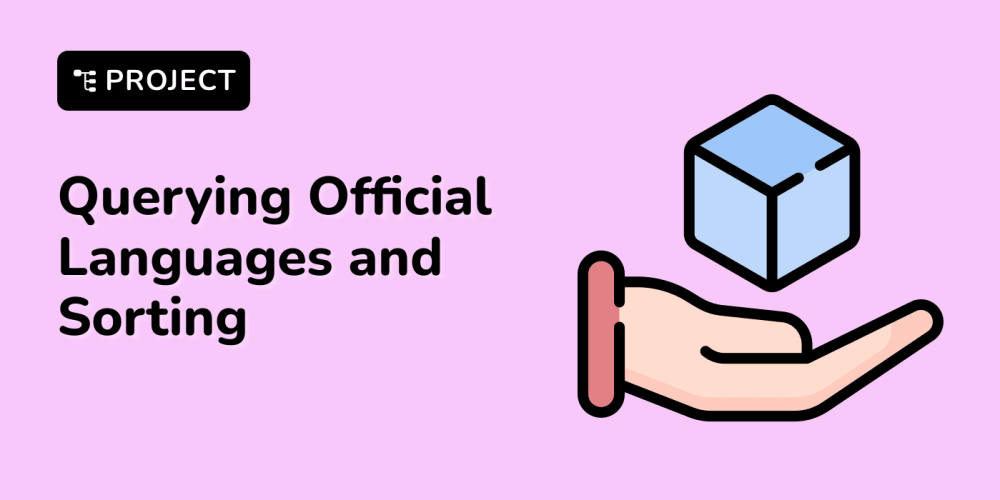In software architecture, communication is key. Whether you're discussing your design with fellow developers, stakeholders, or non-technical team members, it's essential to have a shared understanding of the system's structure. This is where the C4 Model comes into play. Developed by Simon Brown, the C4 Model is a simple yet powerful way to visualize and document software architecture.
In this blog post, we will dive into the C4 Model, exploring what it is, why it's necessary, how to use it, and who should be using it. We'll also include some practical examples to help you get started.
What is the C4 Model?
The C4 Model is a hierarchical approach to software architecture visualization, consisting of four layers:
Context Diagram (C1): Provides a high-level overview of the system, showing how it interacts with external entities like users, systems, or services.
Container Diagram (C2): Zooms in to show the high-level technology choices and how the system's major building blocks (e.g., applications, databases, services) interact.
Component Diagram (C3): Breaks down each container into components, detailing the roles and responsibilities of individual classes or services.
Code (C4): Focuses on the lowest level, such as classes, methods, or functions, to show how they are structured within a component.
Why Do We Need the C4 Model?
In complex software systems, it's easy for architecture to become hard to communicate. Traditional diagrams often fall short, either being too detailed or too abstract. The C4 Model strikes a balance by providing different levels of detail, allowing different stakeholders to understand the system from the appropriate perspective.
Improves communication: By breaking down architecture into four levels, you can communicate the right level of detail to the right audience.
Reduces complexity: The model helps in managing complexity by focusing on different aspects of the system incrementally.
Enhances documentation: The C4 Model provides a consistent way to document your architecture, making it easier to maintain and share.
How to Use the C4 Model?
Let's break down how to create each level of the C4 Model with examples.
1. Context Diagram (C1)
The context diagram provides a bird's-eye view of the system and its interactions with external entities. This level is particularly useful for non-technical stakeholders, as it shows the "big picture."
Example:
Imagine you're building an e-commerce platform. The context diagram would show the platform (your system) at the center, with arrows pointing to external entities like customers, payment gateways, and shipping providers.
System: E-commerce Platform
External Entities: Customers, Payment Gateway, Shipping Provider
This diagram answers the question: Who is interacting with the system, and how?
2. Container Diagram (C2)
The container diagram zooms in to show the major components of your system and how they interact. This is where you can start to show the technology stack and major building blocks.
Example:
For the e-commerce platform, the container diagram would show:
Web Application: Handles the front-end interactions.
API Gateway: Manages communication between the front-end and back-end services.
Database: Stores user data, product information, and transaction records.
Authentication Service: Manages user login and registration.
This diagram answers the question: What are the main components of the system, and how do they communicate?
3. Component Diagram (C3)
The component diagram dives deeper into each container, breaking them down into smaller components. This is where you can show the internal structure of each major building block.
Example:
For the Web Application container, the component diagram might show:
UI Layer: Handles user interactions and presentation.
Service Layer: Manages business logic.
Repository Layer: Interfaces with the database.
This diagram answers the question: How is each container structured internally?
4. Code (C4)
The final level focuses on the actual code, showing how classes, methods, or functions are organized. This level is particularly useful for developers who need to understand the implementation details.
*Example:
*
Within the Service Layer of the Web Application, the code diagram might show:
Class: OrderService
Methods: CreateOrder(), CancelOrder(), UpdateOrder()
This diagram answers the question: How is the code organized within each component?
Who Should Use the C4 Model?
The C4 Model is versatile and can be used by various stakeholders:
Developers: For understanding the system at different levels of detail.
Architects: To design and document the system's structure.
Project Managers: To communicate the system's architecture to non-technical stakeholders.
Stakeholders: To gain a high-level understanding of the system's interactions with external entities.
Conclusion
The C4 Model is an invaluable tool for software architecture visualization, providing a structured approach to understanding and documenting your system. Whether you're a developer, architect, or project manager, the C4 Model helps you communicate effectively, manage complexity, and maintain clear documentation.
By breaking down the architecture into four levels—context, container, component, and code—you can ensure that everyone involved has the right level of detail. As you start using the C4 Model in your projects, you'll find that it simplifies the process of designing and explaining complex systems.
Start creating your own C4 diagrams today, and watch your architecture become more transparent and manageable!



















